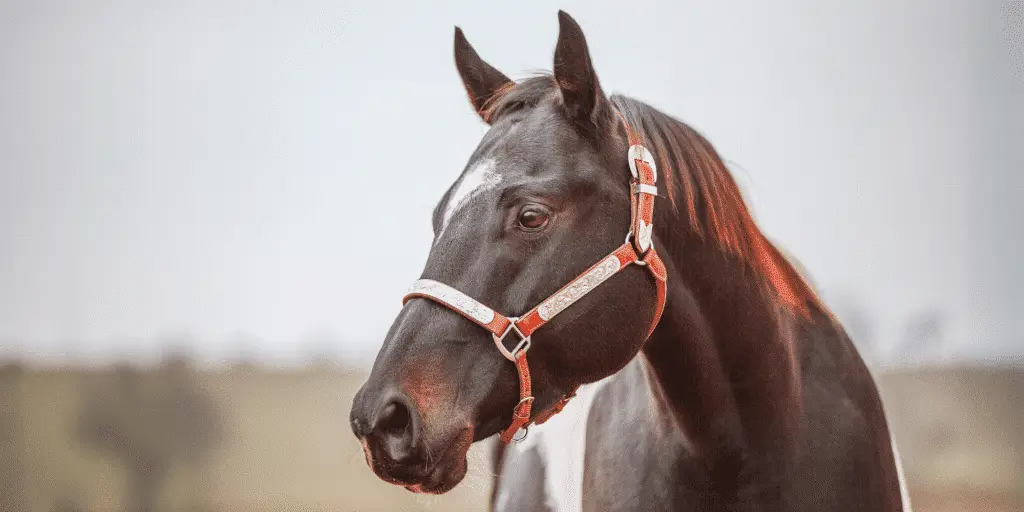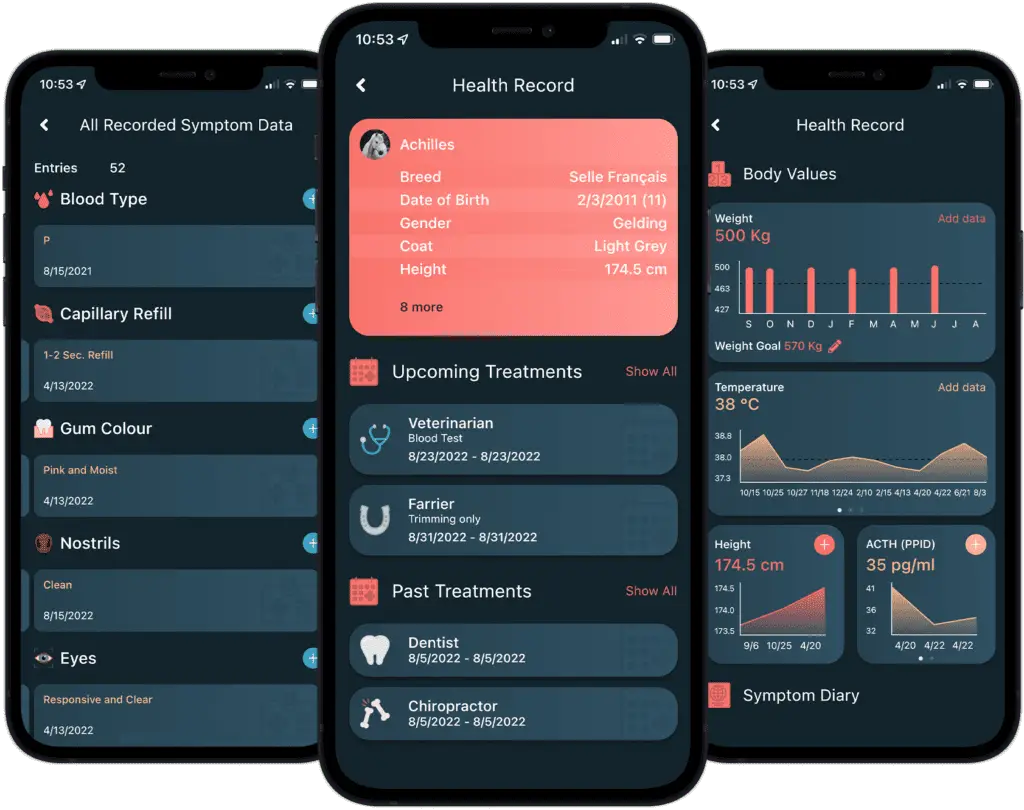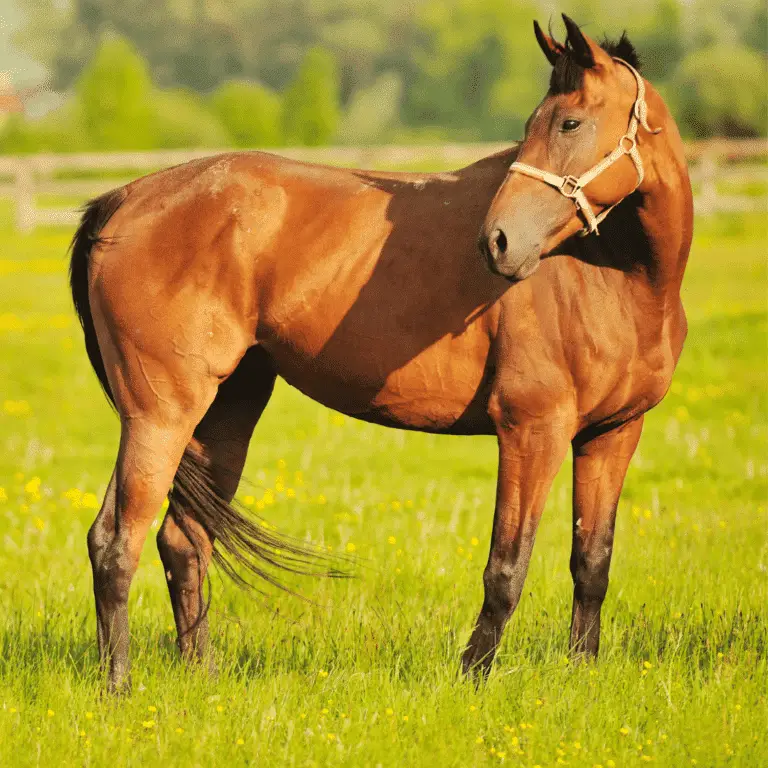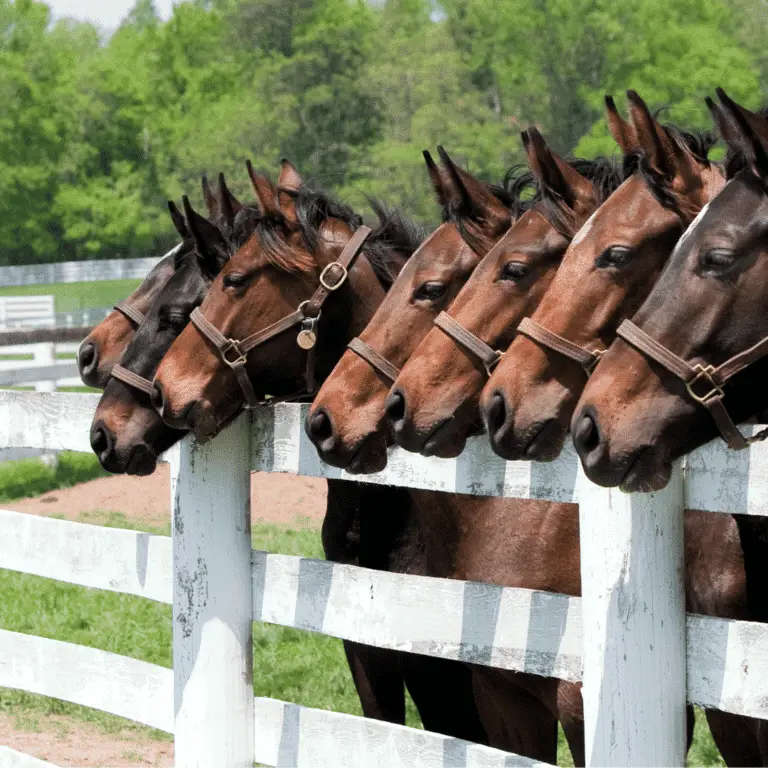
Foal Immunodeficiency Syndrome (Fell Pony Syndrome)
Foal Immunodeficiency Syndrome (Fell Pony Syndrome) This disease is fatal, cannot be cured or adequately treated and is expected to

This disease is fatal, and cannot be cured or adequately treated and is expected to result in the death of the horse.
Lethal White Overo Syndrome (LWO) is a genetic disorder primarily affecting horses, particularly those of the American Paint Horse breed, although it can occur in other breeds as well. It is caused by a mutation in the endothelin receptor B (EDNRB) gene, resulting in a lack of certain nerve cells in the gastrointestinal tract. As a consequence, affected foals are born with a non-functional colon, leading to severe intestinal obstructions and ultimately death within a few days of birth.
LWO is characterized by a distinctive white coat color pattern, often with a predominantly white body and dark-colored patches. Due to its lethal nature, responsible breeding practices and genetic testing are crucial in preventing the spread of this devastating syndrome within equine populations.
There is currently no cure for Lethal White Overo Syndrome (LWO) in horses. The condition is caused by a genetic mutation that is present at birth, and the foals are typically born without colon and/or rectal tissue, which is not surgically fixable. Treatment options for foals with LWO are primarily focused on supportive care to help manage symptoms and pain. If the foal is in discomfort, humane euthanasia should be prioritised.
LWO is a serious and lethal disease, and the best way to prevent it is to avoid breeding two horses that are carriers of the EDNRB mutation.
Genetic testing is available to determine whether a horse is a carrier of the LWO mutation. By avoiding breeding two carriers together, it’s possible to eliminate the risk of producing foals affected by LWO.

Digital health management offers numerous benefits in modern equine healthcare.
With the Happie Horse App, you can track symptom patterns and body values, such as Temperature, Pulse and Respiration. Allowing you to notice abnormal changes in body and behaviour early on, leading to more successful treatments.
The Happie symptom checker allows you to add all of your horse’s abnormal symptoms in order to present potential causes and diseases.

Foal Immunodeficiency Syndrome (Fell Pony Syndrome) This disease is fatal, cannot be cured or adequately treated and is expected to

Tetralogy of Fallot (TOF) This disease is life-threatening and should be treated by a veterinarian swiftly. Tetralogy of Fallot (TOF)

Ventricular Septal Defect (VSD) in Horses Seek veterinary advice before applying any treatment. Ventricular septal defect (VSD) is a congenital